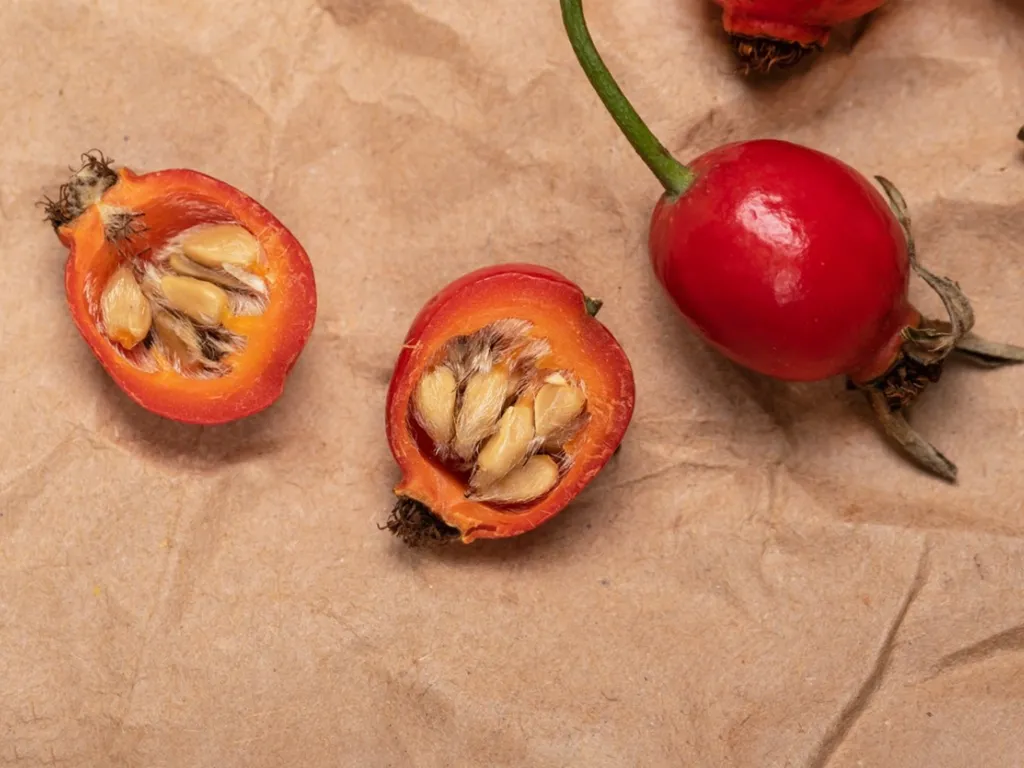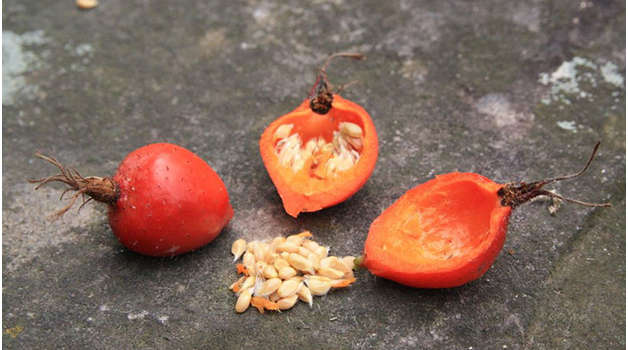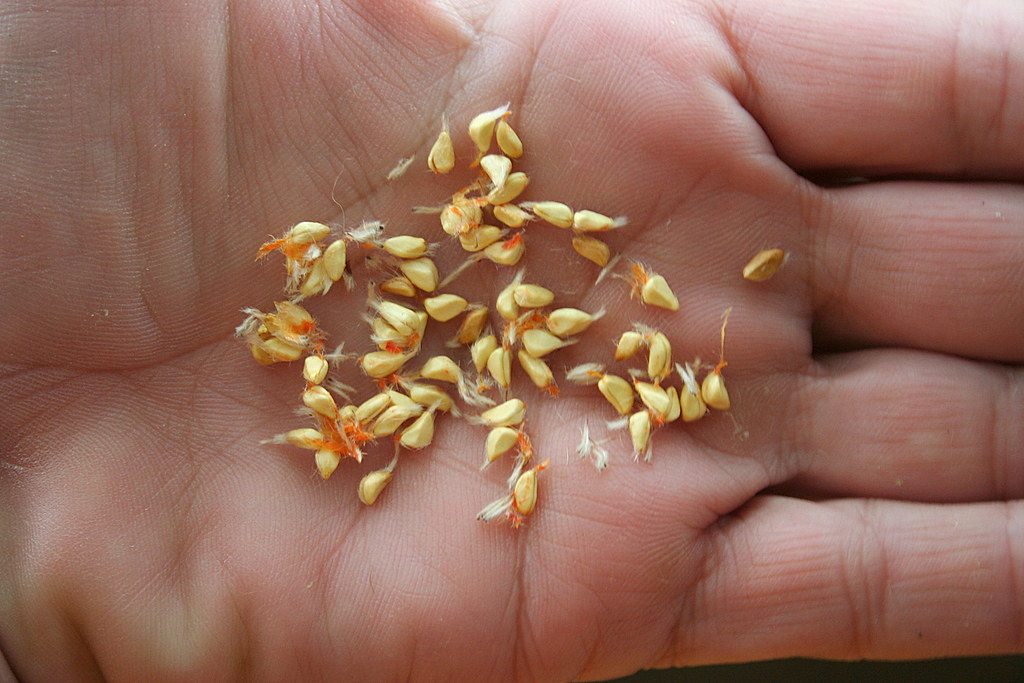How To Grow Roses From Seeds - Proven Techniques
Starting roses from seeds might seem tricky, but with the right approach, you can nurture them into stunning flowers in your garden.
Dec 17, 202427.9K Shares423.7K Views

Growing roses from seeds can be a rewarding experience, though it requires patience and careful attention to detail. If you want to try your hand at hybridizing or simply expand your rose collection, starting from seeds can lead to delightful surprises. While not the quickest method for propagating roses, it offers unique results that can’t be replicated by other methods like cuttings or grafting.
Preparing Rose Seeds For Planting
The process of growing rosesfrom seeds begins with collecting the seeds, often found inside rose hips, the fruit that forms after the rose blooms fade. Once the hips are fully colored and mature, cut them open to extract the seeds. It’s important to soak the seeds for about 12 to 24 hours to soften them before moving on to the next step.
Once soaked, the seeds need to undergo a process called "stratification," which mimics the cold period roses experience in nature. Place the seeds in a mix of moistened sphagnum moss and vermiculite, seal them in a plastic bag, and store them in the refrigerator for at least three months. This cold treatment is crucial for encouraging successful germination.
Planting Rose Seeds
After the stratification period, it’s time to plant your rose seeds. Use containers filled with a well-draining seed mix, such as a combination of sphagnum moss and vermiculite, to give your seeds the best chance at growth. Plant the seeds about ¼ inch deep in the mix, making sure the soil is moist but not waterlogged. Place the containers in a warm environment around 70°F (21°C), where the seeds can begin to sprout.
Rose seeds may take two to three weeks to start germinating, though not all will sprout. Typically, only about 20 to 30 percent of the seeds will develop into seedlings. It’s important to keep the soil evenly moist throughout this time but avoid overwatering, as too much moisture can cause fungal diseases or rot.
Caring For Rose Seedlings
Once the seeds have sprouted, transplant the seedlings into individual pots, being careful not to damage the delicate roots. A spoon can be a useful tool for moving seedlings without disturbing the roots. It’s essential to provide plenty of light - natural sunlight or artificial grow lights will work well - and ensure good air circulation to prevent disease.
Water the seedlings as needed but take care not to overwater, as this can stunt their growth or lead to fungal infections. Applying a light fungicide can help protect the young plants from disease during this vulnerable stage. Regularly feeding the seedlings with a half-strength fertilizerwill help them grow strong and healthy.
Growing Roses - A Patient Process
Patience is key when growing roses from seeds. It can take a few years before your roses are mature enough to bloom, but the results can be worth the wait. Each seedling is unique, and while some may resemble the parent plant, others may surprise you with new colors, shapes, or bloom patterns.
It’s essential to monitor your seedlings for health and vigor throughout the process. Not every seedling will thrive - some may fail to grow, while others may not develop into attractive plants. It’s important to remove weak or diseased seedlings early on to give the hardiest plants the best chance of survival.
Tips For Success With Rose Seeds
- Use fresh seeds:The fresher the seeds, the better the chance of germination.
- Maintain proper air circulation:This helps to prevent fungal infections.
- Transplant carefully:Avoid handling the roots directly to minimize damage.
- Label your seeds:Keep track of different rose varietiesif you’re working with multiple plants, as this will help you identify successful hybrids.
FAQs
How Long Does It Take To Grow Roses From Seeds?
Growing roses from seeds can take several months to see the first sprouts, and it may take 2-3 years for the plants to mature and bloom.
Do I Need To Stratify Rose Seeds Before Planting?
Yes, rose seeds need to go through a cold stratification process for about 3 months in the refrigerator. This helps break dormancy and encourages germination.
How Deep Should I Plant Rose Seeds?
Plant rose seeds about ¼ inch deep in a well-draining seed mix. Ensure the soil stays moist but not waterlogged for optimal growth.
Can I Grow Roses From Seeds Indoors?
Yes, you can start rose seeds indoors. After stratification, plant them in seed trays or pots and keep them in a warm, well-lit environment to encourage sprouting.
What Are The Best Conditions For Rose Seed Germination?
Rose seeds need a warm temperature of around 70°F (21°C) and plenty of light. Good air circulation is essential to prevent disease, and the soil should be kept moist but not too wet.
Why Are My Rose Seeds Not Germinating?
Rose seeds can be slow to germinate. If they don’t sprout, it could be due to poor stratification, old or unhealthy seeds, or improper care during the germination process.
Final Thoughts
Growing roses from seeds is a slow but gratifying journey. If you’re interested in experimenting with hybridization or simply want to grow new roses for your garden, the process can result in beautiful, one-of-a-kind plants. With the right care, attention, and patience, you can cultivate a thriving rose garden from just a handful of seeds.
Latest Articles
Popular Articles

